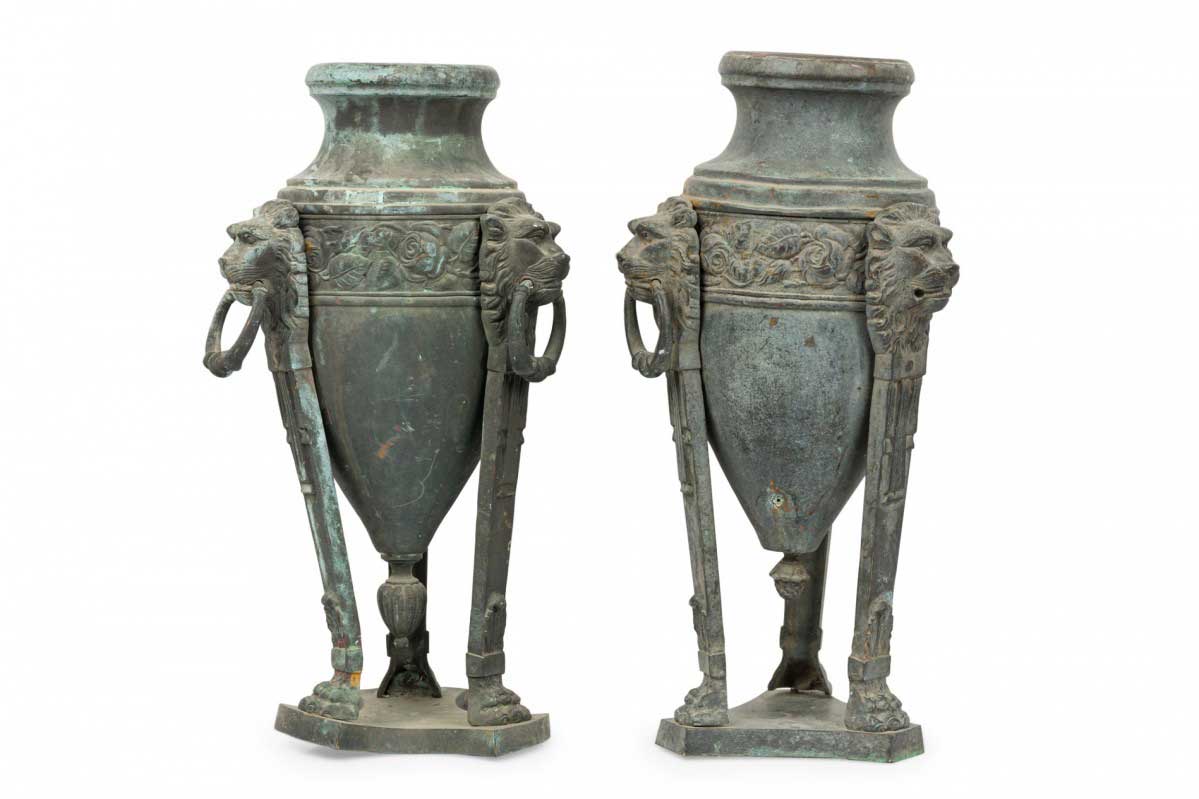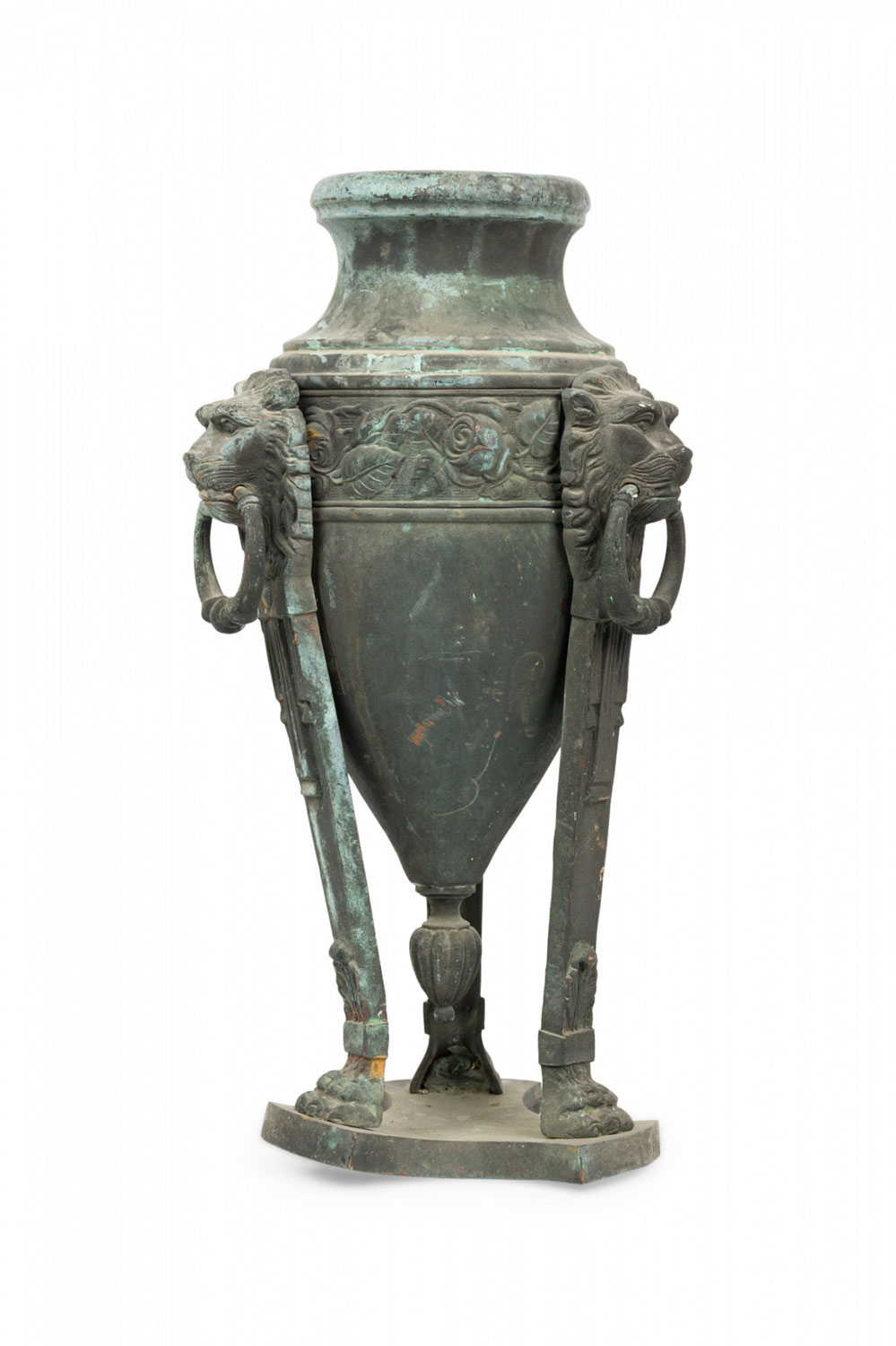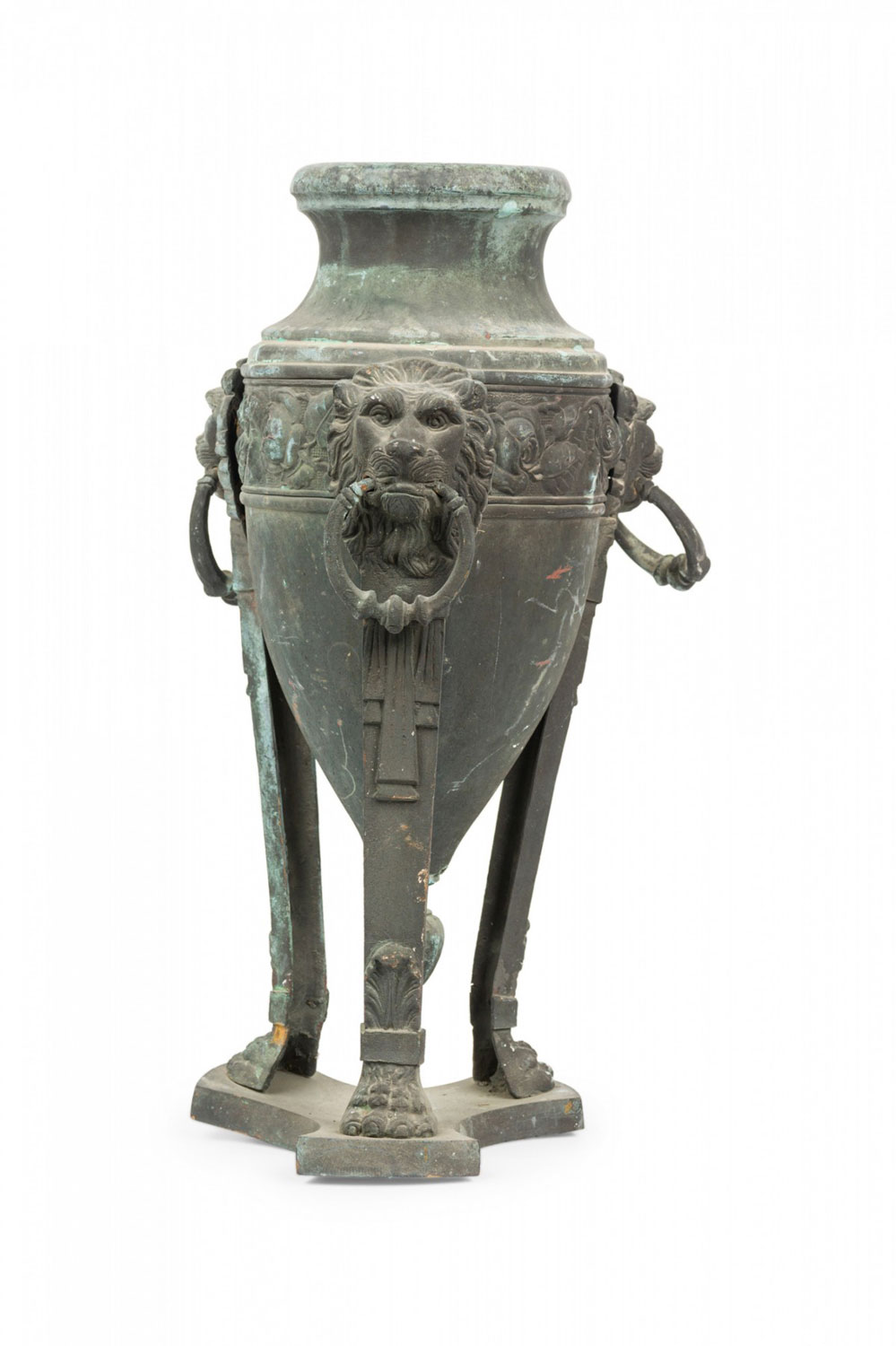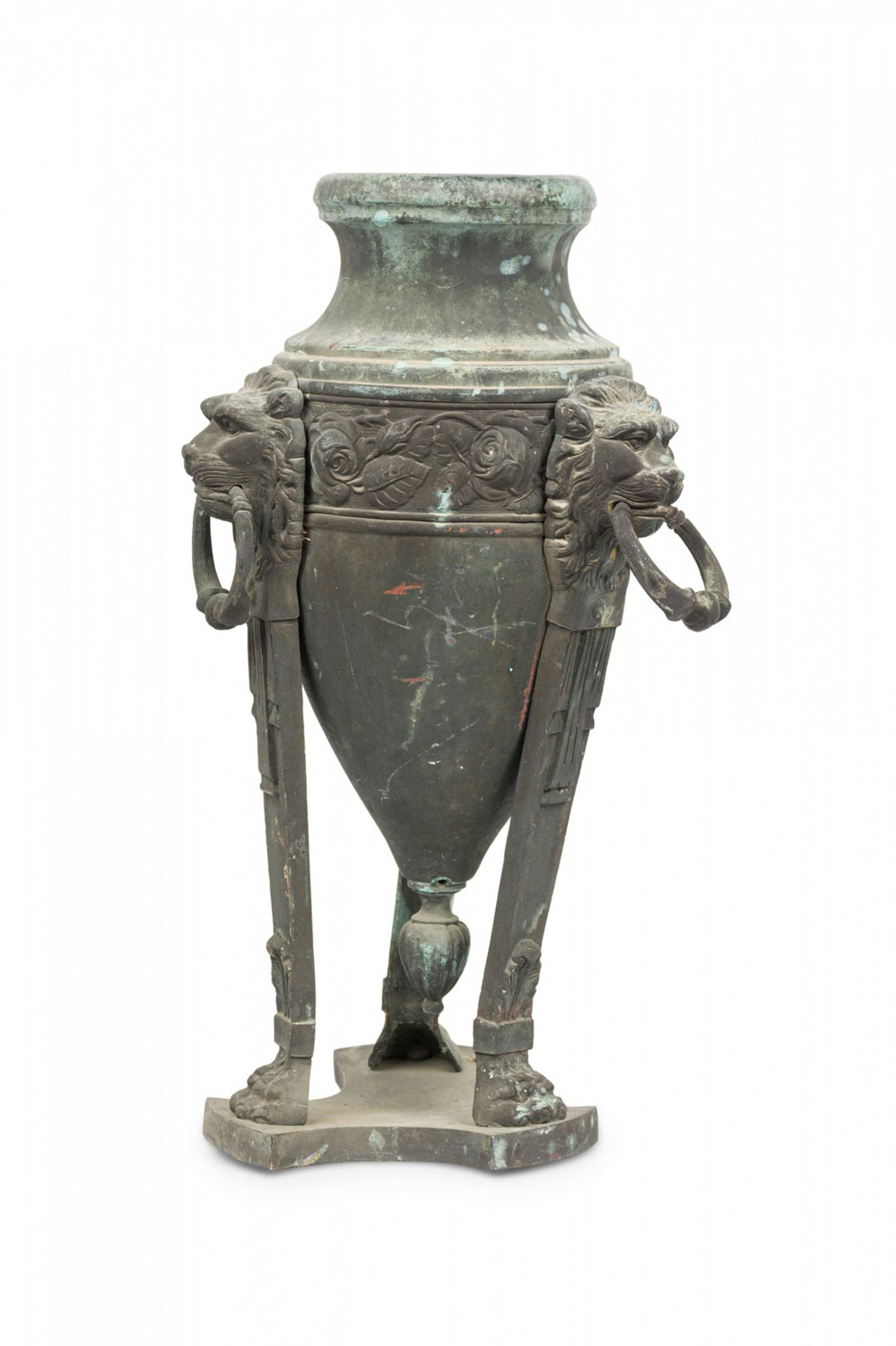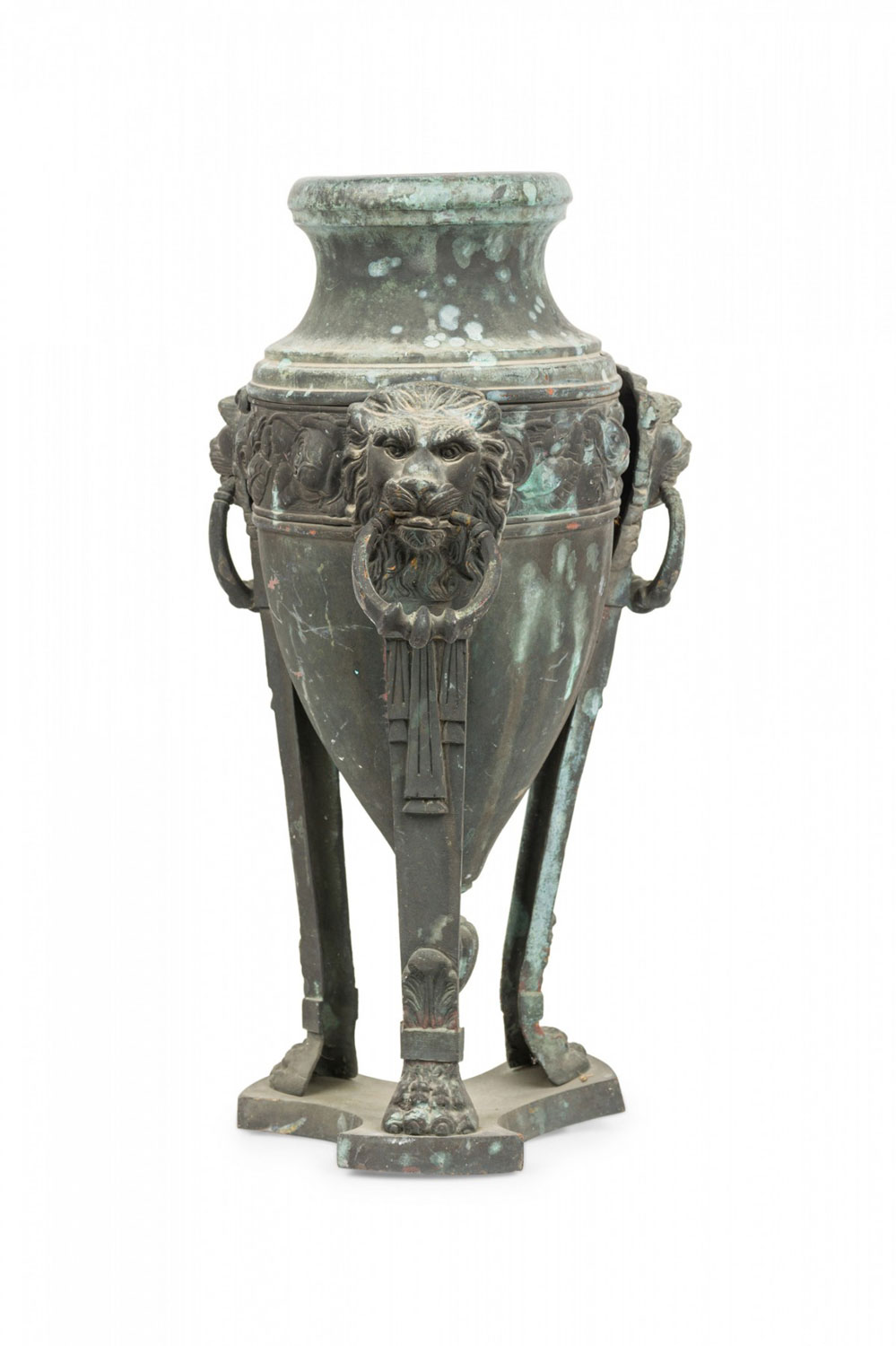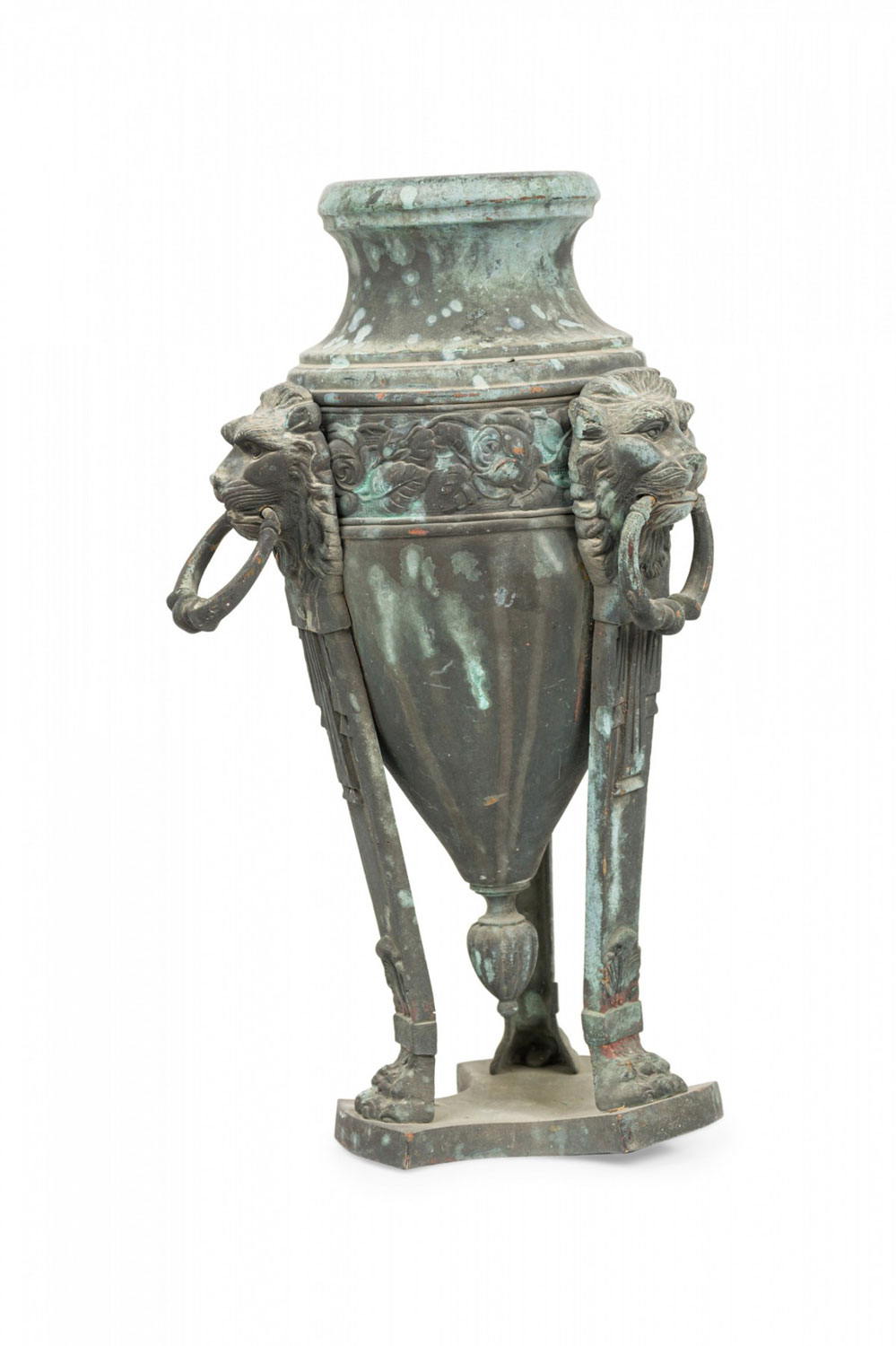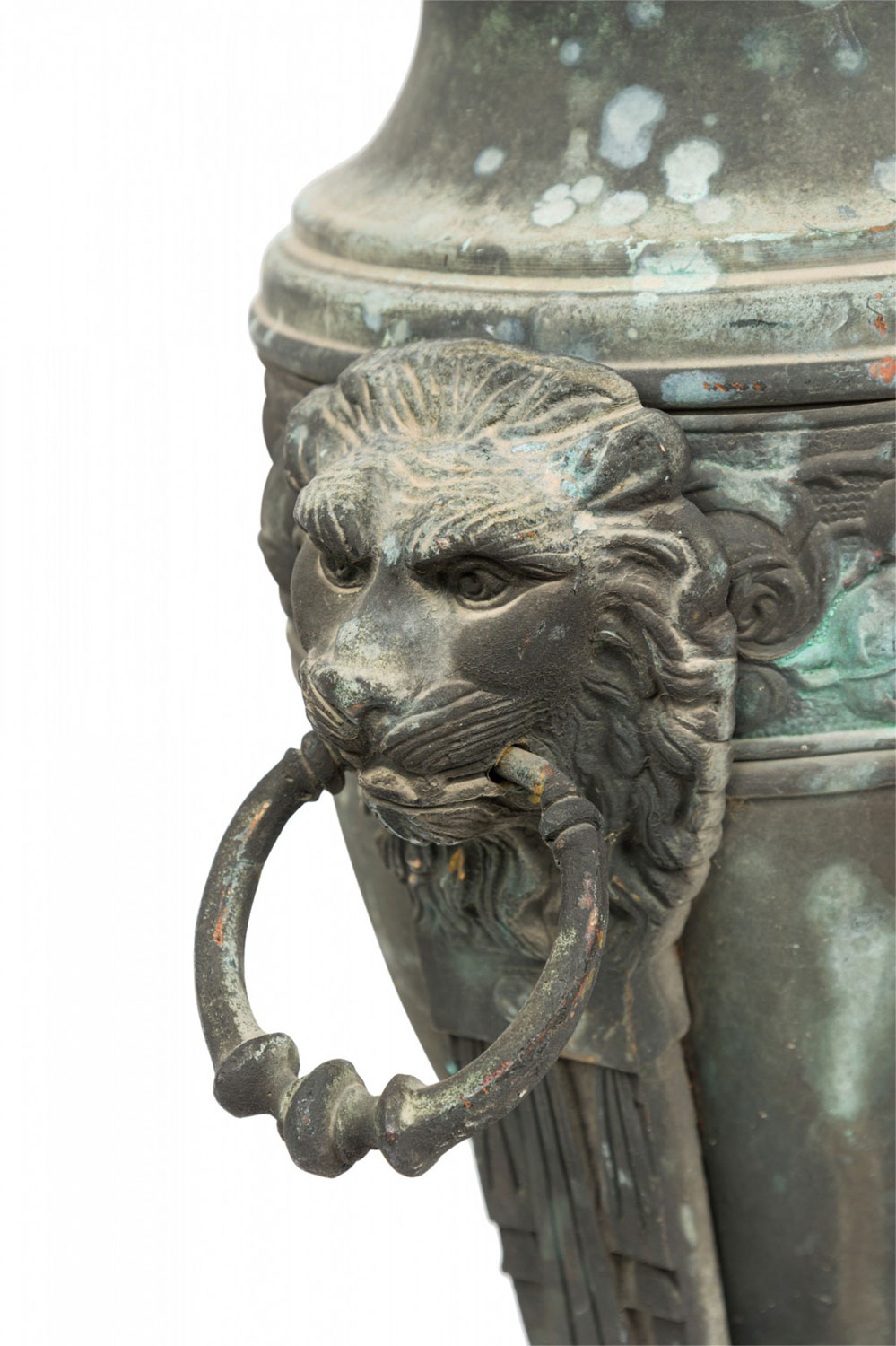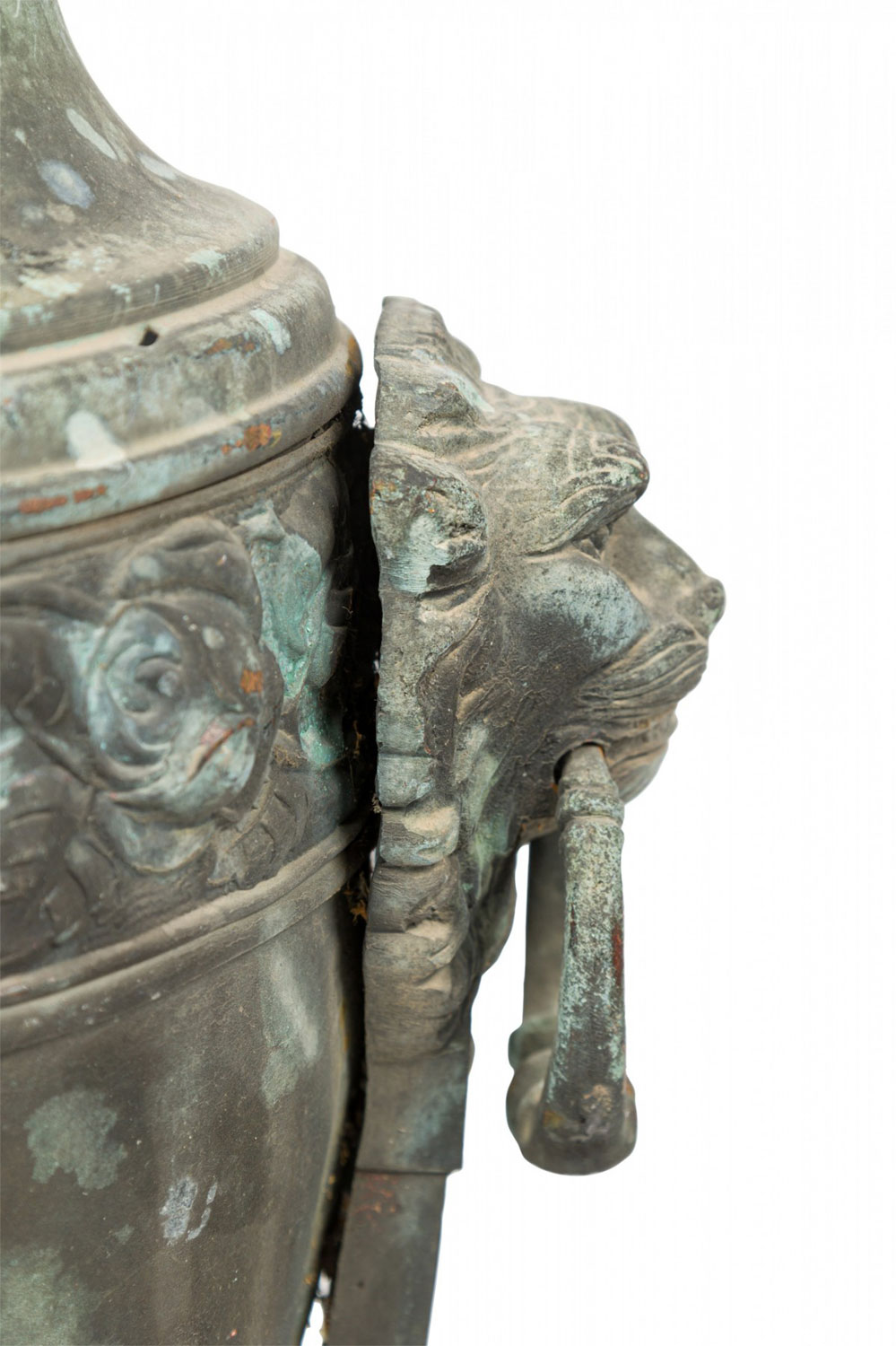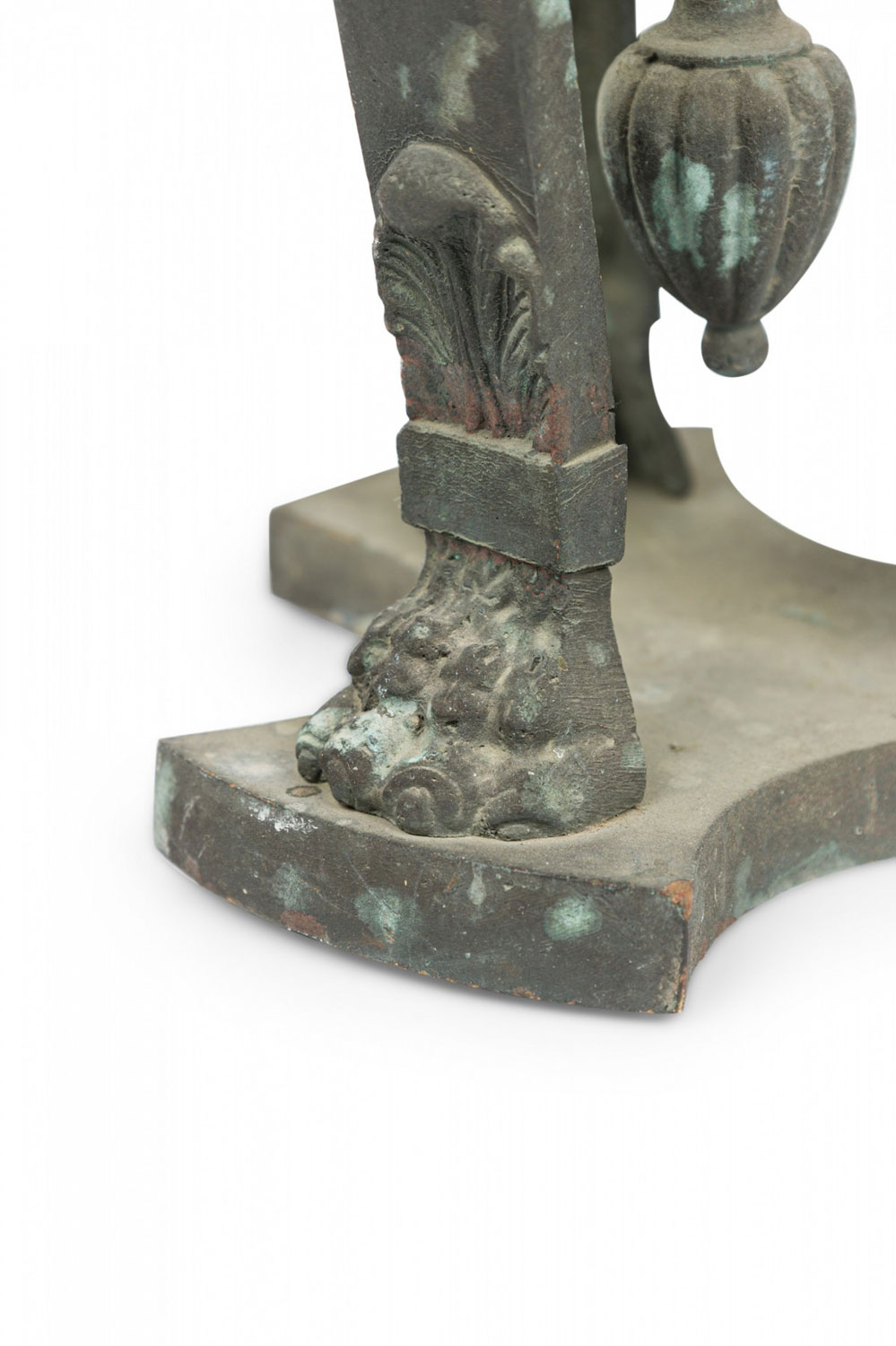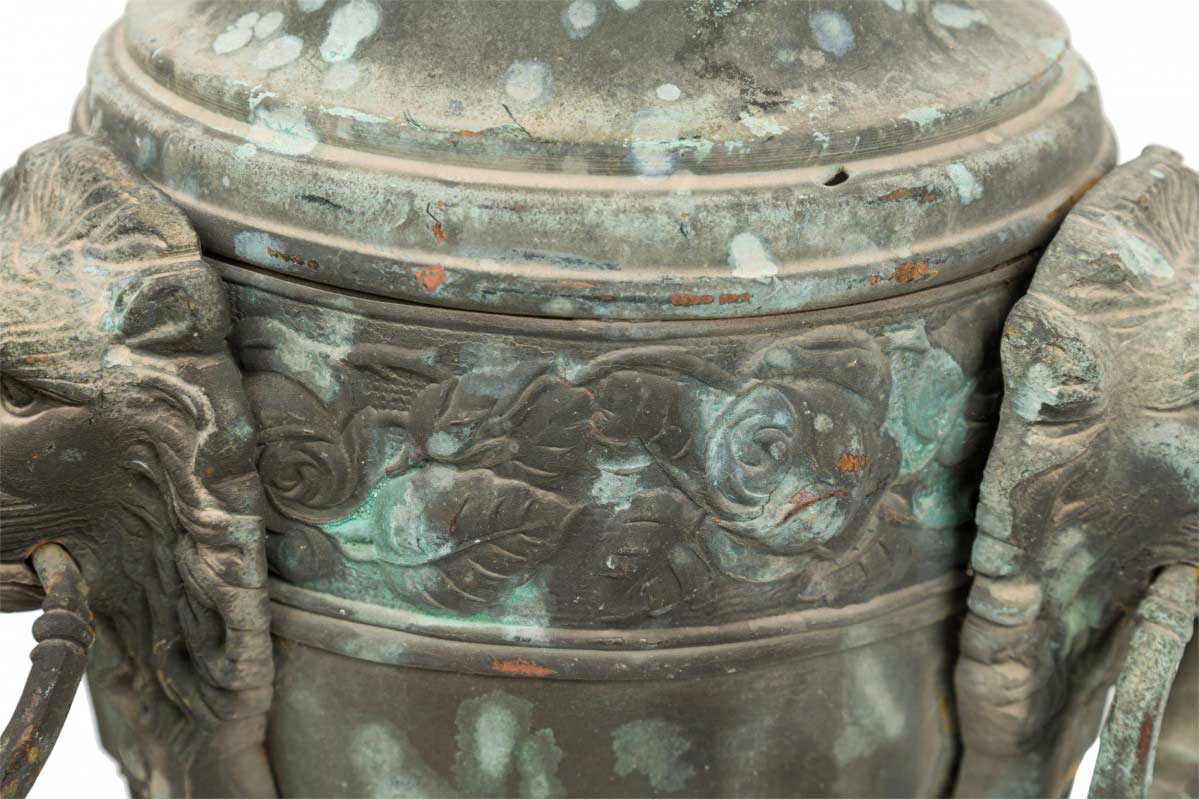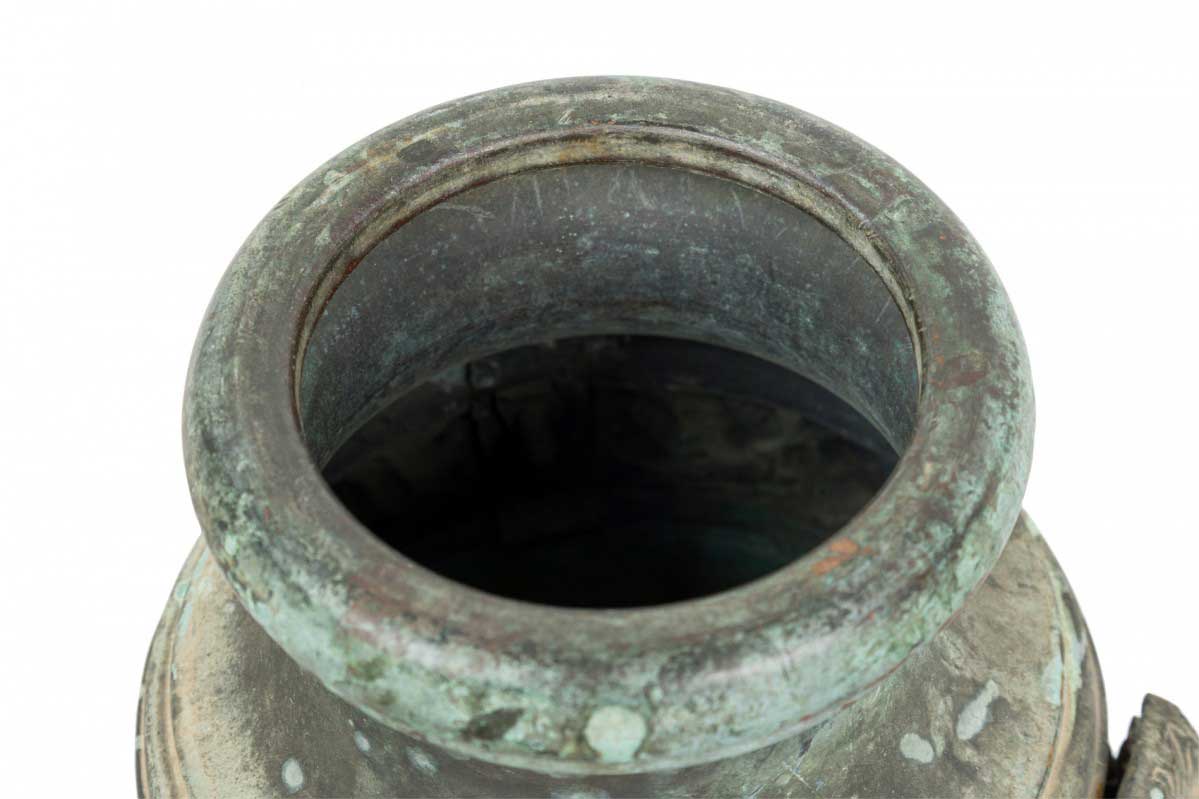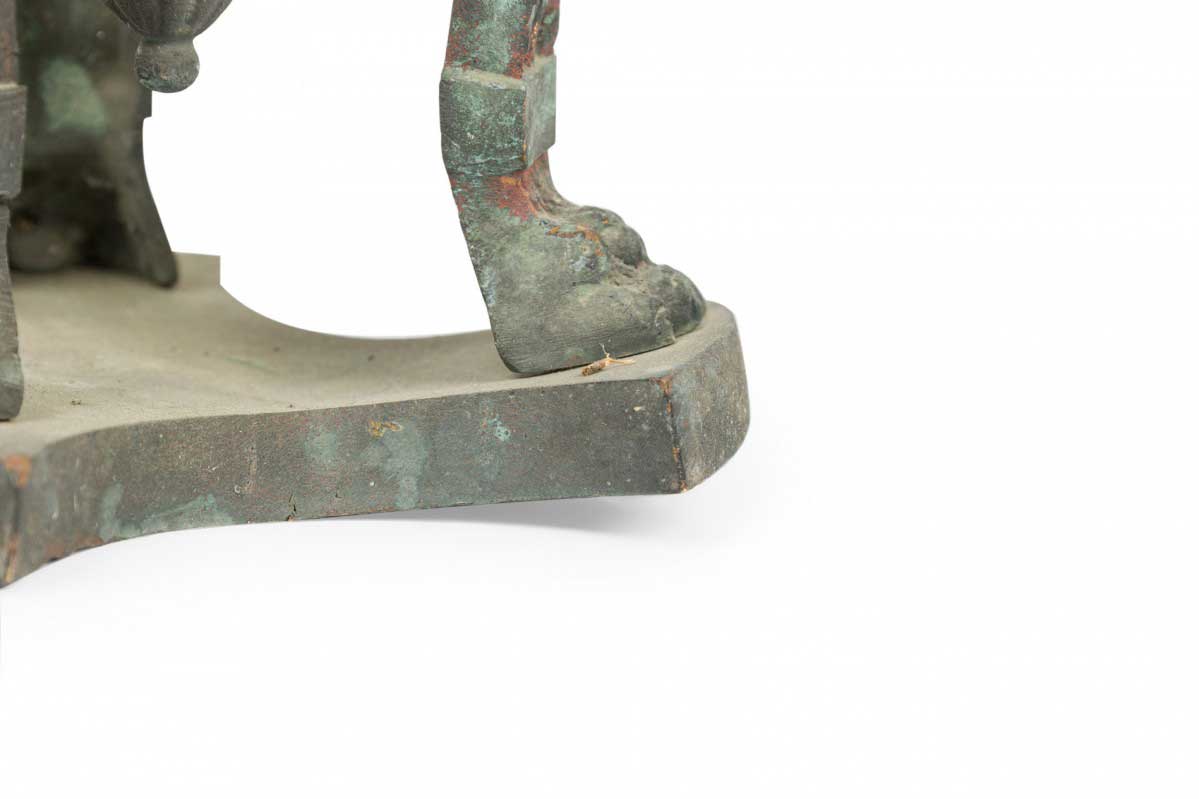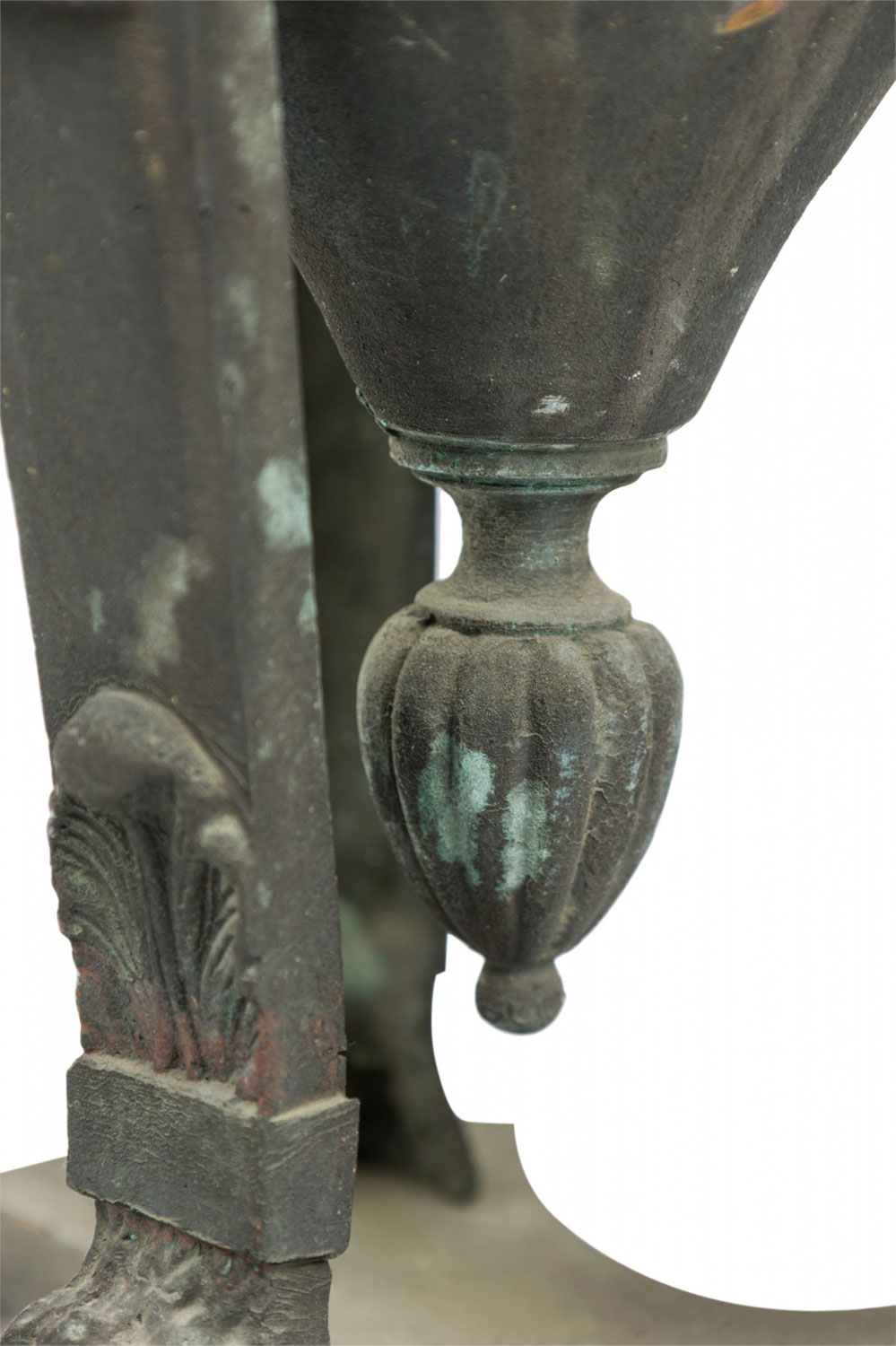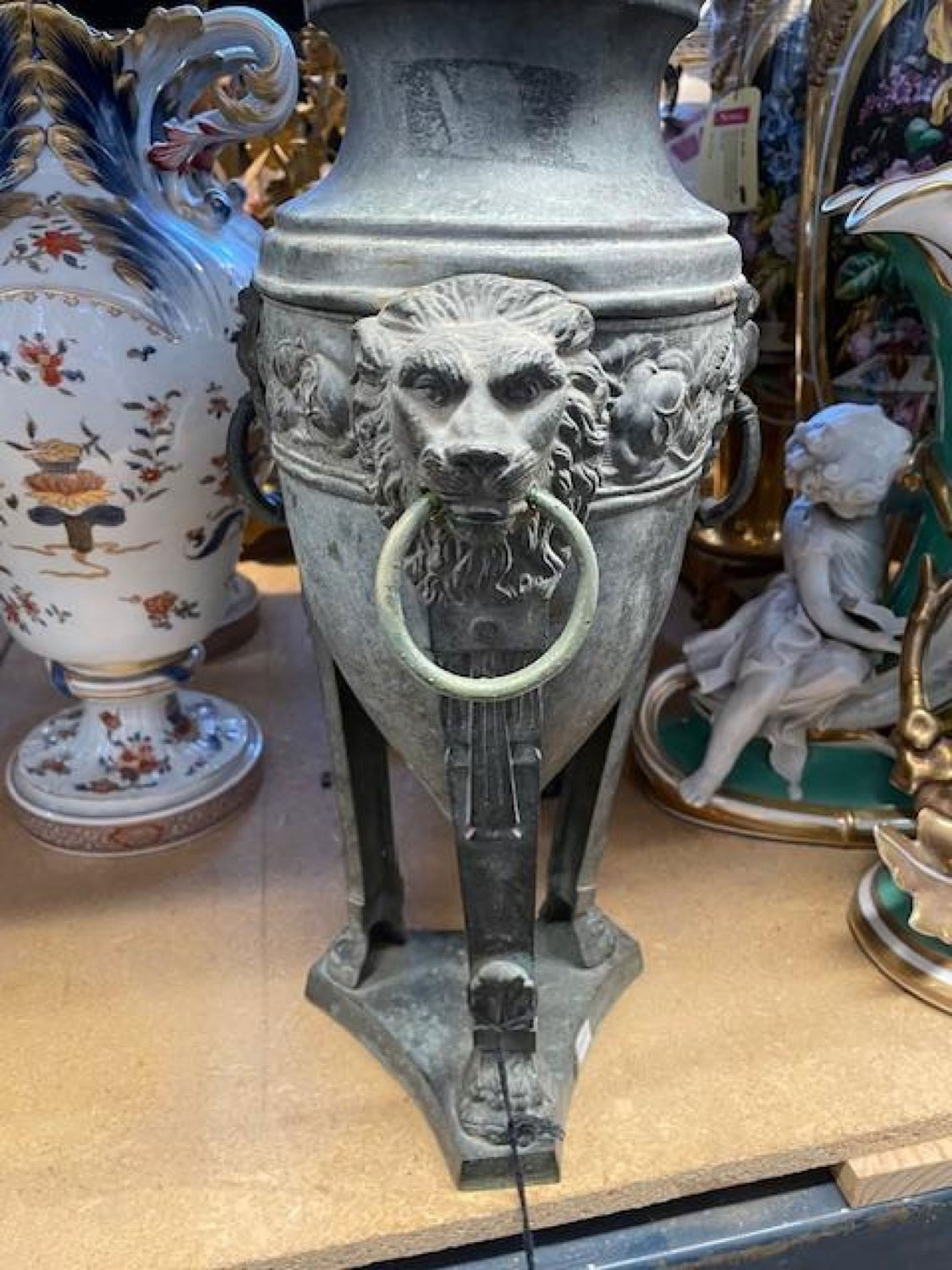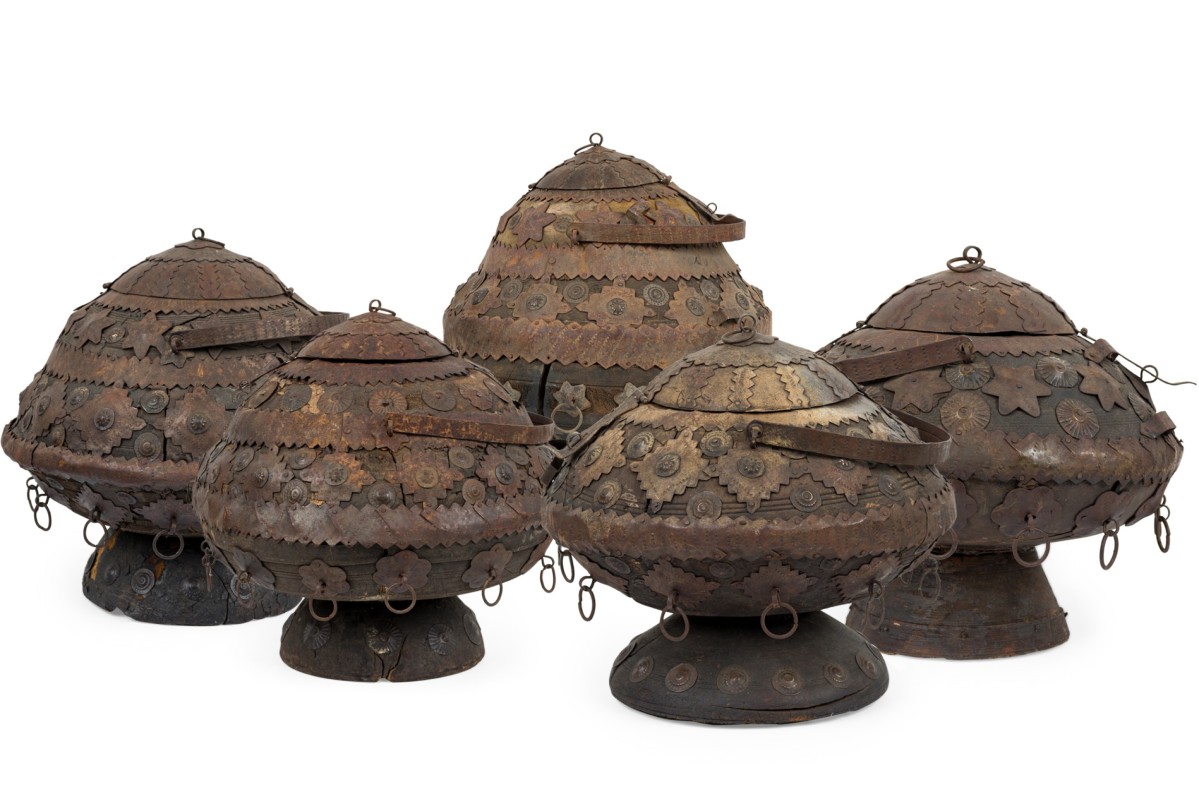X
{{ modalTitle }}
PLEASE FILL IN THE REQUIRED FIELDS.X
X
{{ modalTitle }}
Choose one of the options below.X
ITEM SUCCESSFULLY
ADDED TO PROJECT
Pair of Italian Neo-classic Patinated Bronze Athenienne Form Urns
 Italian, English, Misc. Style
Italian, English, Misc. Style Neo-classic, Victorian, Grecian
Neo-classic, Victorian, Grecian Accessories/Décor/Bric-a-Brac
Accessories/Décor/Bric-a-Brac Vases/Urns
Vases/Urns
Newel Warehouse
32-00 Skillman Ave
Long Island City NY - 11101
 (212) 758-1970
(212) 758-1970
Pair of Italian Neo-classic Patinated Bronze Athenienne Form Urns

Newel Warehouse
32-00 Skillman Ave
Long Island City NY - 11101
 (212) 758-1970
(212) 758-1970
 Accessories/Décor/Bric-a-Brac
Accessories/Décor/Bric-a-Brac Vases/Urns
Vases/UrnsVictorian
Period in English furniture during the reign of Queen Victoria 1837-1901. Consists of a resurrection of many previous periods and revival imitations including: Gothic, Tudor, Elizabethan, Rococo, and Neoclassic style. This period had a focus on dark woods, heavy fabrics, embellishment, engagement with newly developed imitation materials that were facilitated by the Industrial Revolution, and a tendency towards eclecticism.
Patina
Term used to designate a shift in wear or change in material on the surface of furniture, due to age, exposure, and hand-rubbing. Usually used to describe a shift in color on metal as oxidization occurs such as the greenish tint, formed on copper or bronze after long exposure.
Neo-classic
Neo-classic refers to the second revival of classic design for interior decoration in the 18th century. This style was inspired by excavations of Pompeii and Herculaneum that begun in 1738. Common motifs include dolphins, lyres, and urns.
Victorian
Period in English furniture during the reign of Queen Victoria 1837-1901. Consists of a resurrection of many previous periods and revival imitations including: Gothic, Tudor, Elizabethan, Rococo, and Neoclassic style. This period had a focus on dark woods, heavy fabrics, embellishment, engagement with newly developed imitation materials that were facilitated by the Industrial Revolution, and a tendency towards eclecticism.
Patina
Term used to designate a shift in wear or change in material on the surface of furniture, due to age, exposure, and hand-rubbing. Usually used to describe a shift in color on metal as oxidization occurs such as the greenish tint, formed on copper or bronze after long exposure.
Neo-classic
Neo-classic refers to the second revival of classic design for interior decoration in the 18th century. This style was inspired by excavations of Pompeii and Herculaneum that begun in 1738. Common motifs include dolphins, lyres, and urns.
Victorian
Period in English furniture during the reign of Queen Victoria 1837-1901. Consists of a resurrection of many previous periods and revival imitations including: Gothic, Tudor, Elizabethan, Rococo, and Neoclassic style. This period had a focus on dark woods, heavy fabrics, embellishment, engagement with newly developed imitation materials that were facilitated by the Industrial Revolution, and a tendency towards eclecticism.
Patina
Term used to designate a shift in wear or change in material on the surface of furniture, due to age, exposure, and hand-rubbing. Usually used to describe a shift in color on metal as oxidization occurs such as the greenish tint, formed on copper or bronze after long exposure.
Neo-classic
Neo-classic refers to the second revival of classic design for interior decoration in the 18th century. This style was inspired by excavations of Pompeii and Herculaneum that begun in 1738. Common motifs include dolphins, lyres, and urns.



